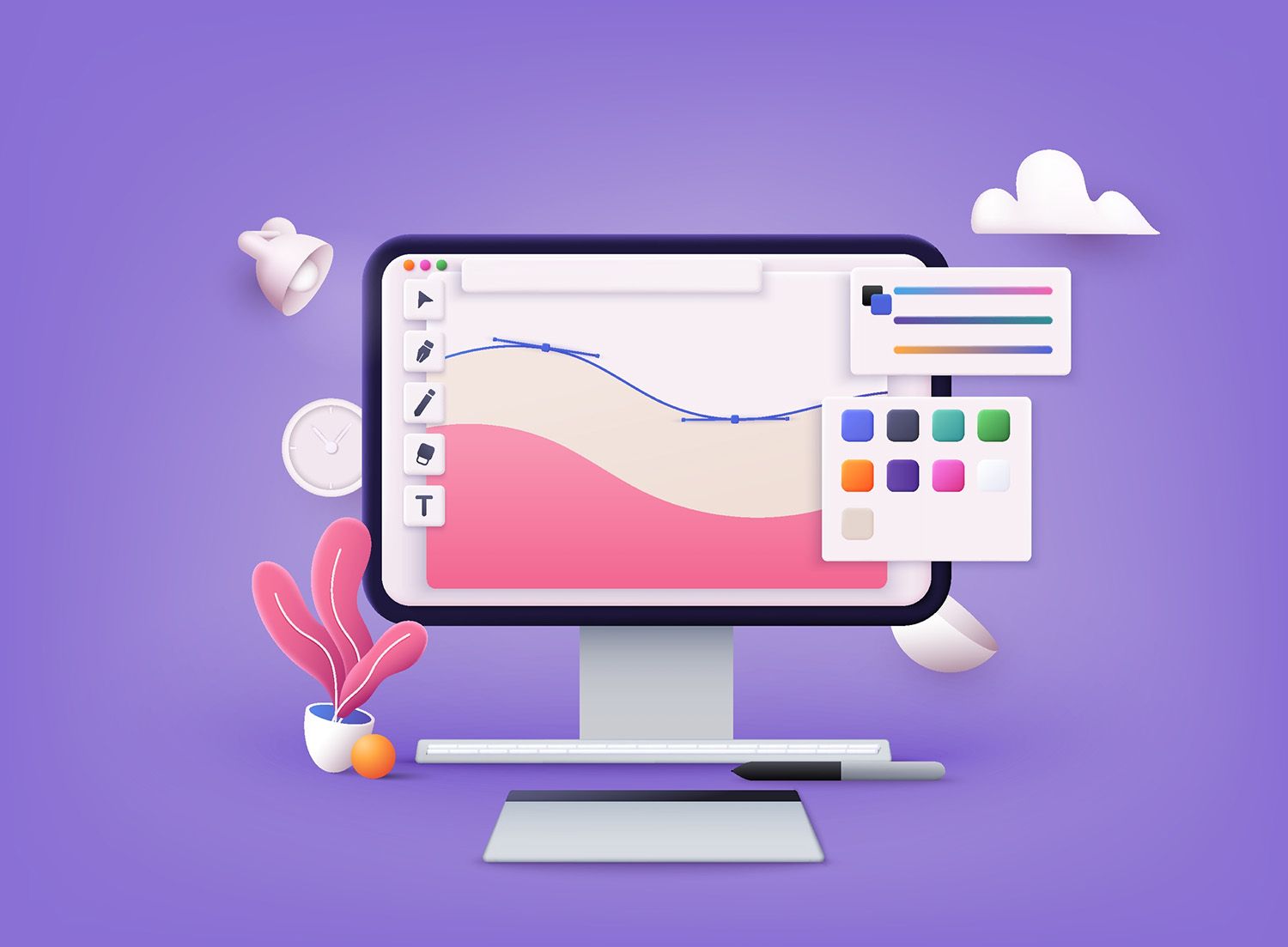
What Does a Graphic Designer Do?
Graphic design is a highly creative and visual field that involves combining art and technology to communicate ideas and information. Graphic designers create visual concepts using various tools and techniques to communicate a message or tell a story. In this blog post, we will explore what graphic designers do and the skills required to be successful in this field.
What is Graphic Design?
Graphic design is the art of combining text, images, and other visual elements to create a visual representation of an idea or message. Graphic designers use a variety of tools and techniques to create designs that are visually appealing, effective, and communicate the intended message to the target audience.
What Does a Graphic Designer Do?
Graphic designers work on a wide range of projects, from creating logos and branding materials to designing websites and packaging. Here are some of the tasks that a graphic designer typically performs:
Meeting with clients and stakeholders
Before starting any project, a graphic designer will usually meet with the client or stakeholders to discuss their requirements, goals, and expectations. The graphic designer will gather information about the project, such as the target audience, message, and desired outcome.
Researching and gathering information
After the initial meeting, the graphic designer will conduct research and gather information about the project. This may include researching the competition, studying the market trends, and analyzing the target audience.
Creating sketches and concepts
Once the graphic designer has gathered the necessary information, they will start creating sketches and concepts. These sketches and concepts are used to explore different design options and to communicate ideas to the client or stakeholders.
Designing and refining
After the initial concepts have been created, the graphic designer will start designing and refining the chosen concept. This involves using various tools and techniques to create a polished design that meets the client's requirements and effectively communicates the intended message.
Reviewing and making revisions
Once the design is complete, the graphic designer will review it and make any necessary revisions. This may involve making changes to the color scheme, typography, or layout to ensure that the design is visually appealing and effective.
Delivering the final product
After the revisions have been made, the graphic designer will deliver the final product to the client. This may include providing the client with digital files or overseeing the printing and production of physical materials.
Skills Required for Graphic Design
Graphic design is a highly creative and technical field that requires a range of skills and abilities. Here are some of the skills that are required to be successful in graphic design:
Creativity
Graphic designers must be highly creative and able to come up with original ideas and concepts that effectively communicate the intended message.
Technical skills
Graphic designers must be proficient in using design software such as Adobe Photoshop, Illustrator, and InDesign.
Attention to detail
Graphic designers must have excellent attention to detail and be able to ensure that their designs are visually appealing and effective.
Communication skills
Graphic designers must have excellent communication skills and be able to effectively communicate their ideas and concepts to clients and stakeholders.
Time management skills
Graphic designers must be able to manage their time effectively and work under tight deadlines.
In conclusion, graphic designers play a crucial role in creating visually appealing and effective designs that communicate a message or tell a story. They work on a wide range of projects, from creating logos and branding materials to designing websites and packaging. To be successful in this field, graphic designers must have a range of skills and abilities, including creativity, technical skills, attention to detail, communication skills, and time management skills. Whether you're starting your career in graphic design or are an experienced designer, having these skills will help you create designs that stand out and effectively communicate your message to your target audience.







